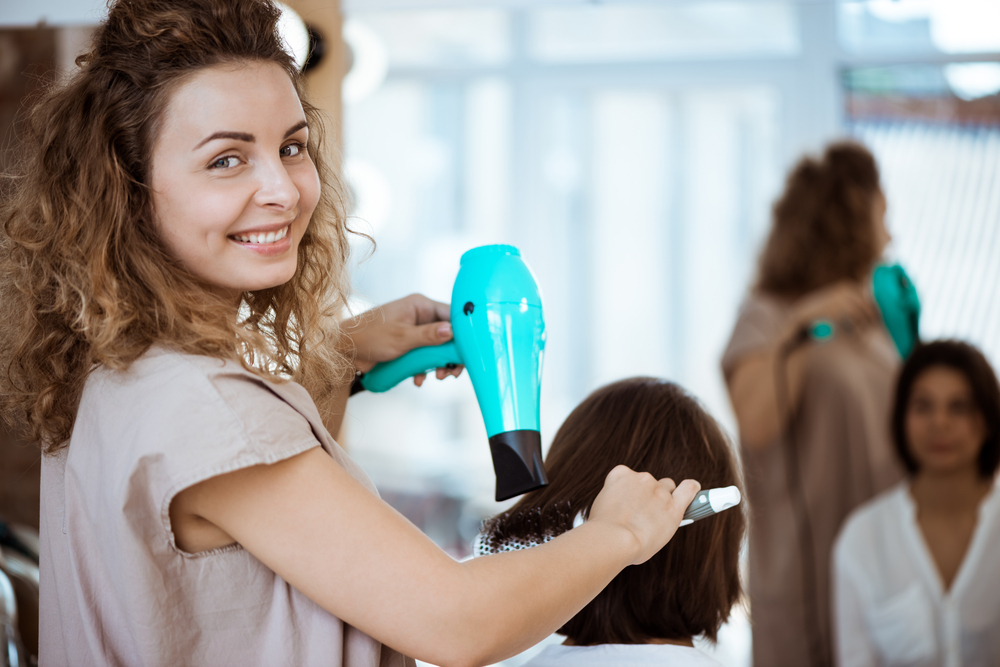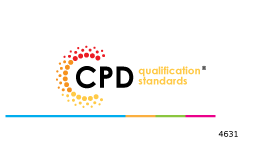How to Prepare Yourself for a Teaching Assistant Interview
Once you get called up for an interview, you can consider half of your work done. Getting a call-up for …
Read MoreWhat Qualifications do you Need to be a Hairdresser?
People are concerned about their appearance nowadays more than ever and most of the time, hair is at the top …
Read MoreBalanced Life is Key to Happiness
A successful life is all about balance; too much and too little can destroy anything. A balanced life is a …
Read MoreDon’t Make Yourself a Slave of Time!
“Time and tide waits for none”- the very quotation reminds us of the old saying to realize us about the …
Read MoreGardening Can Heal Your Soul!
Yes, gardening has the healing power! Who would not want a sip of coffee in his balcony which is faces …
Read MoreBeware Of Your Ego!
Beware of your ego! If it misused or turn into a big ONE it can destroy you and you talent. …
Read MorePrincesses do need Psychotherapy! Why don’t you?
One could already assume the person I am talking about! Dr, Dawson drew on precise psychotherapy transcripts to reveal an …
Read MoreMotivation Is Your Best Friend!
A best friend cheers you up, boosts you maybe a true companion and a reflection of yourself. But he or …
Read MoreWe are All the Public Speakers in all spheres of life!
Yes, you read it right and I will keep saying it that we are all the public speakers. What …
Read MoreYour Dream Job Needs Only One Successful Interview!
Ask every single successful employee about their experience about the night before their interview. No one can deny their experiences …
Read More











